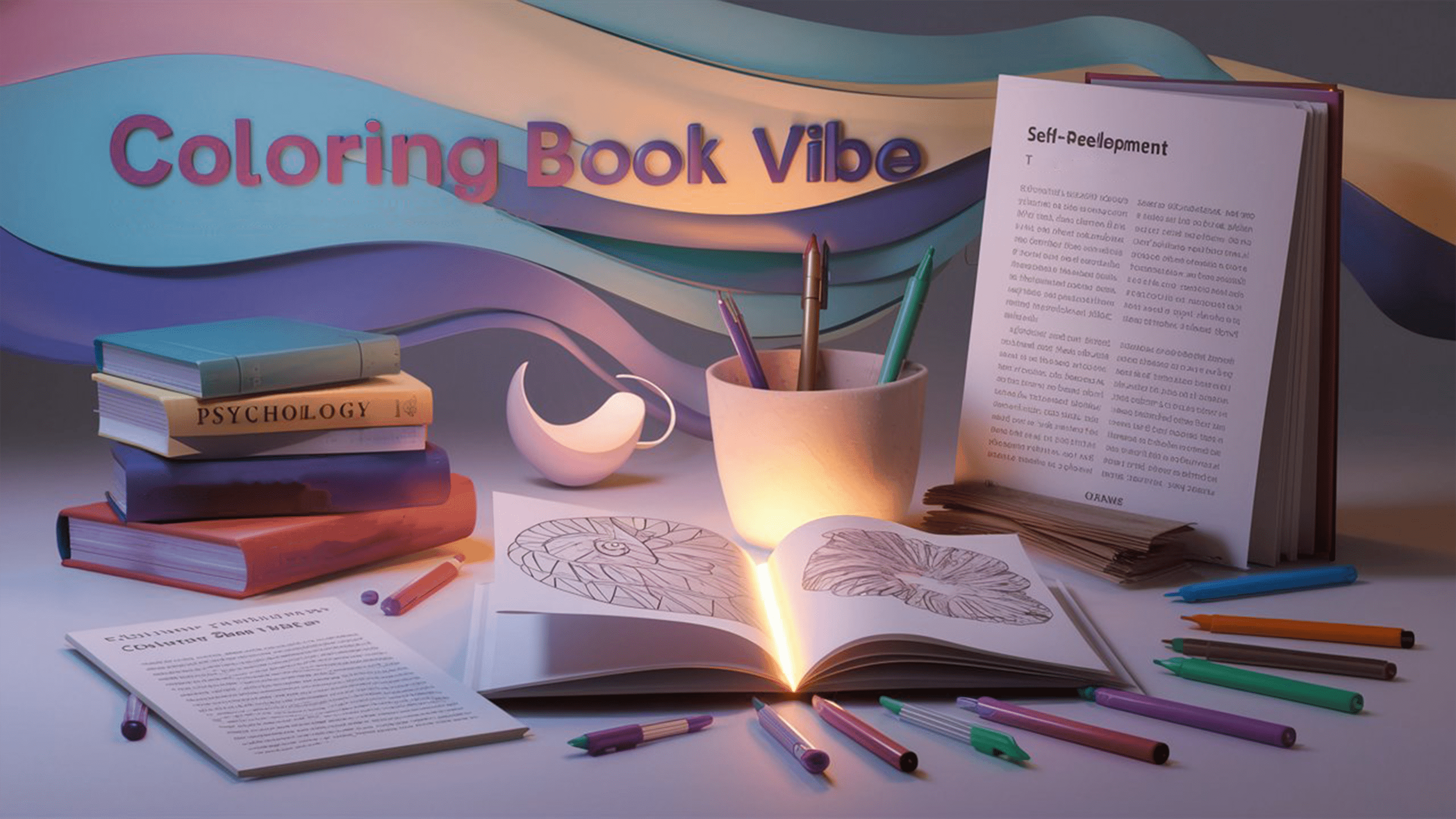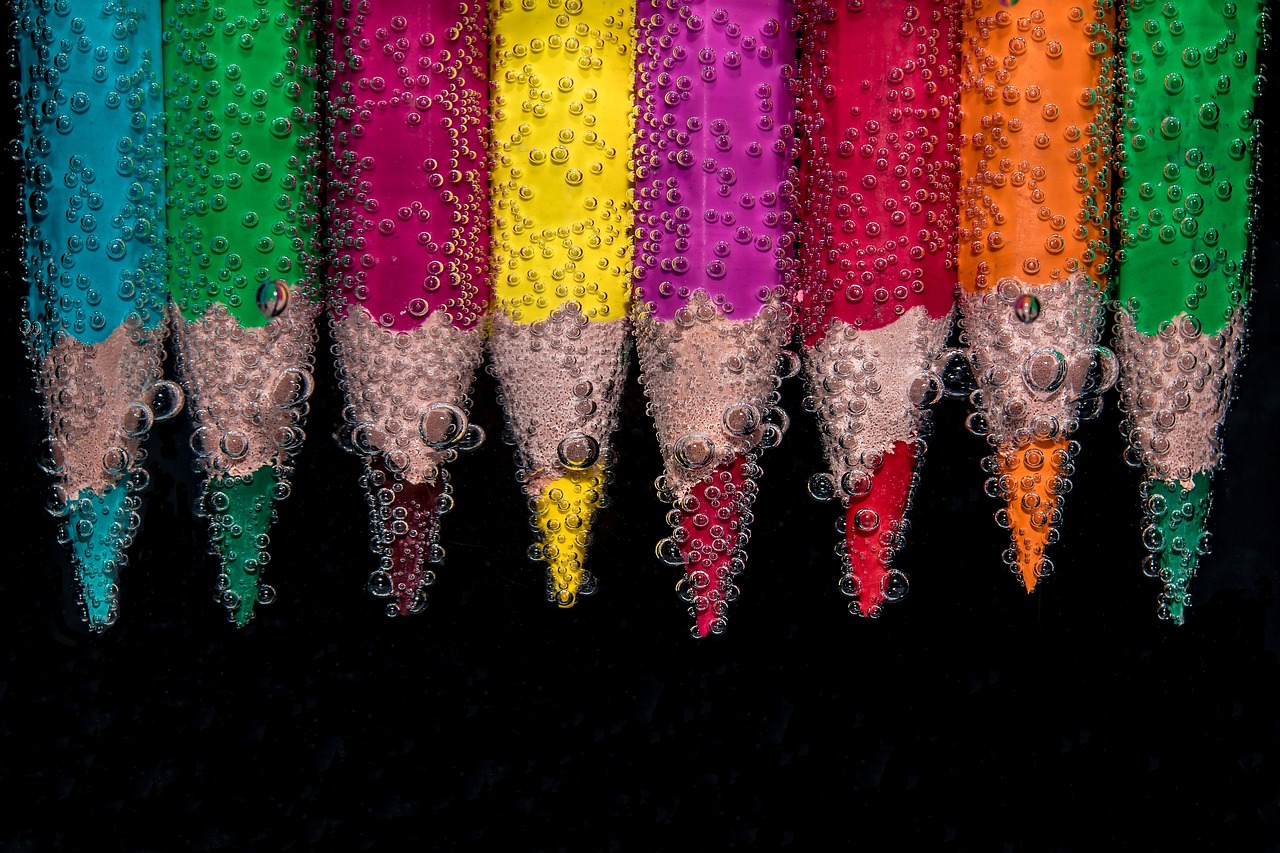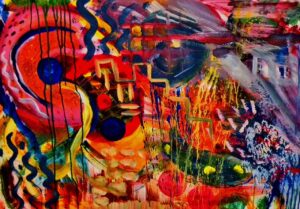The Therapeutic Power of Coloring:
Coloring has evolved from a childhood pastime into a therapeutic tool used by adults to combat stress and anxiety. The simplicity of this activity hides its profound benefits on mental health. From promoting mindfulness to stimulating creativity, coloring has emerged as an accessible and effective method for stress relief.
In this article, we’ll explore how coloring provides a break from daily stressors, its effects on brain function, and how it can be incorporated into your routine as a method of coping with anxiety.
1. The Science Behind Coloring and Mental Health
- How Coloring Affects the Brain: Coloring engages both the logical and creative sides of the brain. When we focus on filling in patterns, it activates the prefrontal cortex, which is responsible for problem-solving and organization. Simultaneously, the act of choosing colors stimulates creativity and releases dopamine, a neurotransmitter that enhances mood.
- The Relaxation Response: Coloring induces a state similar to meditation, known as the “relaxation response.” By focusing on repetitive patterns and staying within the lines, the mind shifts away from stressful thoughts, allowing you to be fully present in the moment. This helps lower blood pressure and reduce cortisol levels, the hormone associated with stress.
2. Coloring as a Mindfulness Practice
- Mindfulness Defined: Mindfulness is the practice of being fully engaged in the present moment without judgment. It’s been shown to reduce anxiety, depression, and stress by increasing awareness of thoughts and feelings.
- Coloring for Mindfulness: Like meditation, coloring requires focus and attention. As you concentrate on the task at hand, it draws your thoughts away from daily worries and into the present moment. The tactile experience of holding a crayon or pencil, combined with the visual stimulation of colors, creates a calming sensory experience.
3. Coloring and Anxiety Reduction
- Distracting the Mind: When anxious thoughts spiral out of control, it can be difficult to break free from them. Coloring offers a distraction, giving the brain something simple yet engaging to focus on. The act of filling in shapes and selecting colors shifts the brain’s focus away from anxiety-provoking thoughts.
- Structured Creativity: Anxiety often stems from a fear of the unknown or a sense of being overwhelmed. Coloring books, especially those with intricate patterns like mandalas or floral designs, provide a structured outlet for creativity. This structure offers a sense of control, which can be soothing for people with anxiety.
4. The Role of Art Therapy
- What is Art Therapy?: Art therapy is a form of psychotherapy that uses creative processes to help individuals express themselves and address emotional issues. While traditional art therapy is led by a trained professional, many of the techniques can be applied through personal coloring activities.
- Coloring as Self-Therapy: By engaging in coloring, individuals can unlock the therapeutic benefits of art therapy in a self-guided manner. It allows for emotional expression without the need for words, offering a safe space to release emotions and de-stress.
5. Choosing the Right Coloring Book for Stress Relief
- Mandalas and Geometric Patterns: Mandalas, with their circular, repetitive designs, are particularly effective for inducing relaxation. Geometric patterns also provide a sense of order and balance, which can be comforting during times of stress.
- Nature-Themed Coloring Books: Many people find solace in nature, and coloring books featuring flowers, animals, and landscapes can evoke the calming effect of being outdoors.
- Abstract and Free-Form Coloring: For those looking for a more expressive outlet, abstract designs allow for more creative freedom. This type of coloring lets the mind wander and can be helpful for releasing pent-up emotions.
6. Integrating Coloring into Your Daily Routine
- Setting Aside Time for Self-Care: Incorporating coloring into your daily or weekly routine can be a powerful act of self-care. Set aside 15-30 minutes of uninterrupted time where you can focus solely on the task of coloring. This small commitment can yield significant improvements in your mood and stress levels.
- Pairing Coloring with Relaxation Techniques: To maximize the stress-relieving effects, consider pairing coloring with other relaxation techniques. Soft music, aromatherapy, or a cup of herbal tea can enhance the overall experience, creating a more immersive relaxation session.
- Coloring as a Pre-Sleep Ritual: Many people struggle to wind down before bedtime due to the overstimulation of modern life. Coloring before bed can serve as a calming ritual that helps signal to the brain that it’s time to relax, improving sleep quality.
7. Benefits Beyond Stress Relief
- Boosting Creativity: In addition to reducing stress, coloring stimulates creativity. Whether you’re filling in intricate designs or blending colors, this artistic practice encourages new ways of thinking and problem-solving.
- Enhancing Focus and Concentration: Many people find that regular coloring improves their ability to focus on tasks in other areas of life. This is particularly beneficial for individuals who struggle with attention disorders or have demanding work environments.
- Fostering Social Connections: Coloring is not only a solitary activity. Adult coloring groups are becoming increasingly popular as a way for individuals to connect over a shared interest in art. These groups can foster a sense of community, which is vital for mental well-being.
8. Coloring for Emotional Expression
- Processing Emotions Through Color: Sometimes, it can be hard to verbalize emotions. Coloring allows individuals to express complex emotions without the need for words. The choice of colors can reflect one’s emotional state, offering insight into feelings that may be difficult to articulate.
- Healing from Trauma: For individuals dealing with trauma or grief, coloring can provide a safe space to process these emotions. It offers a form of emotional release, helping to reduce feelings of helplessness and overwhelm.
9. Coloring and Mental Health: What the Experts Say
- Studies Supporting Coloring: Multiple studies have shown that coloring reduces symptoms of anxiety and depression. A study published in the journal Art Therapy found that individuals who engaged in coloring for just 20 minutes reported significantly lower levels of anxiety.
- Testimonials from Therapists and Individuals: Mental health professionals often recommend coloring as part of a broader stress-relief plan. Many individuals also share personal stories about how coloring has helped them cope with anxiety, depression, and even PTSD.
Conclusion: Embracing Coloring as a Therapeutic Tool
Coloring may seem like a simple activity, but its therapeutic benefits are profound. It’s an easy, accessible way to practice mindfulness, reduce anxiety, and improve overall mental well-being. Whether you’re dealing with daily stress or looking for a creative outlet, coloring can be a powerful tool for enhancing emotional health.
By embracing the therapeutic power of coloring, you can cultivate a sense of calm, creativity, and inner peace in your daily life.
Let your imagination run free, Immerse yourself in a world of colors and beauty. Remember, your mental well-being is priceless.
Team coloringbookvibe.com

Coloring Book Vibe is a dedicated publisher of captivating coloring books, along with instructional books on drawing and coloring techniques. We are deeply passionate about the art of coloring, ensuring our designs are always intricate, beautiful, unique, and often infused with a touch of humor. We highly value our customers and always welcome feedback and suggestions. Our collection features an incredible array of coloring books across various genres, including Fantasy, Animals, Mandalas, Doodle Patterns, Floral, Landscapes, Country Scenes, and more.



